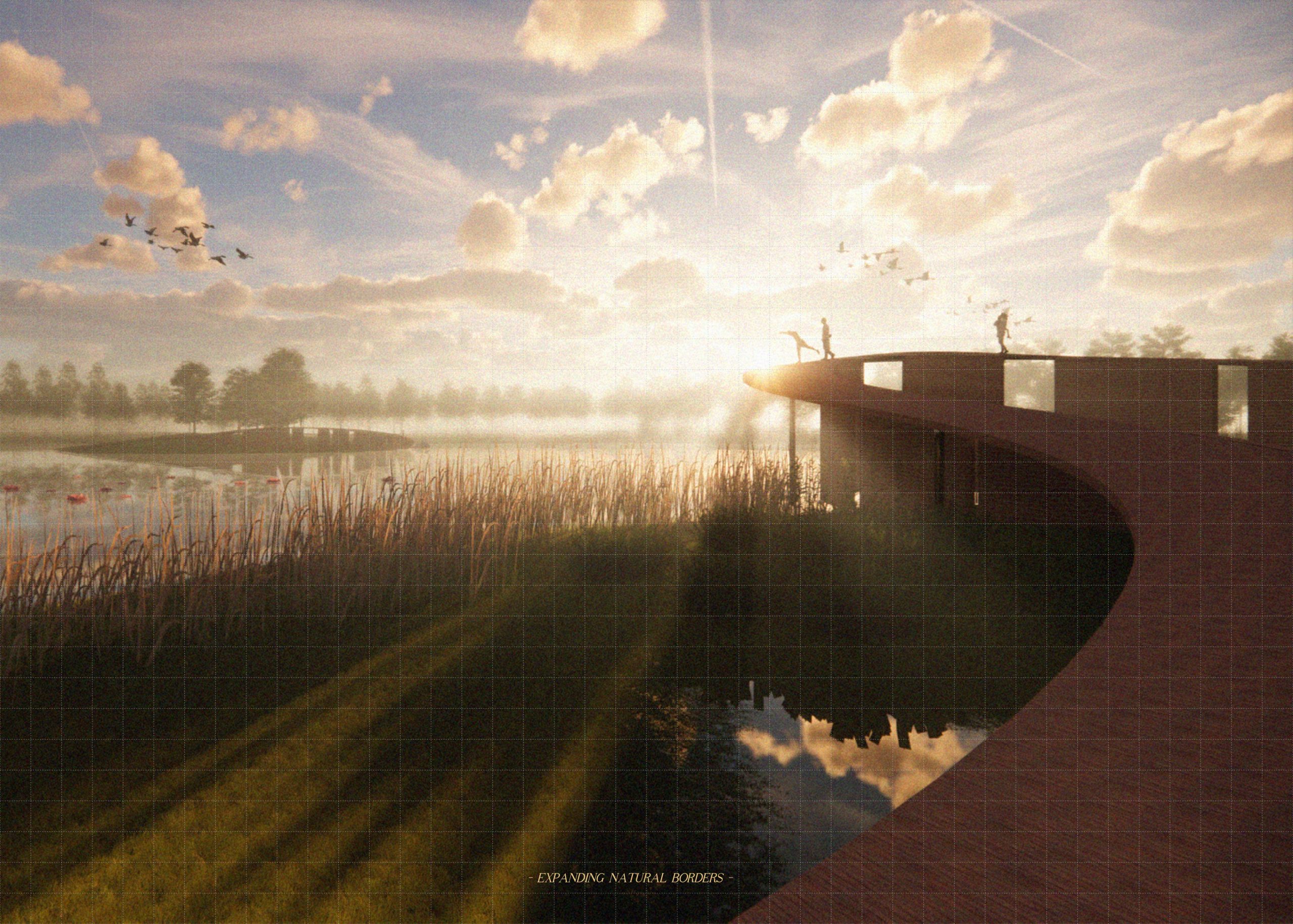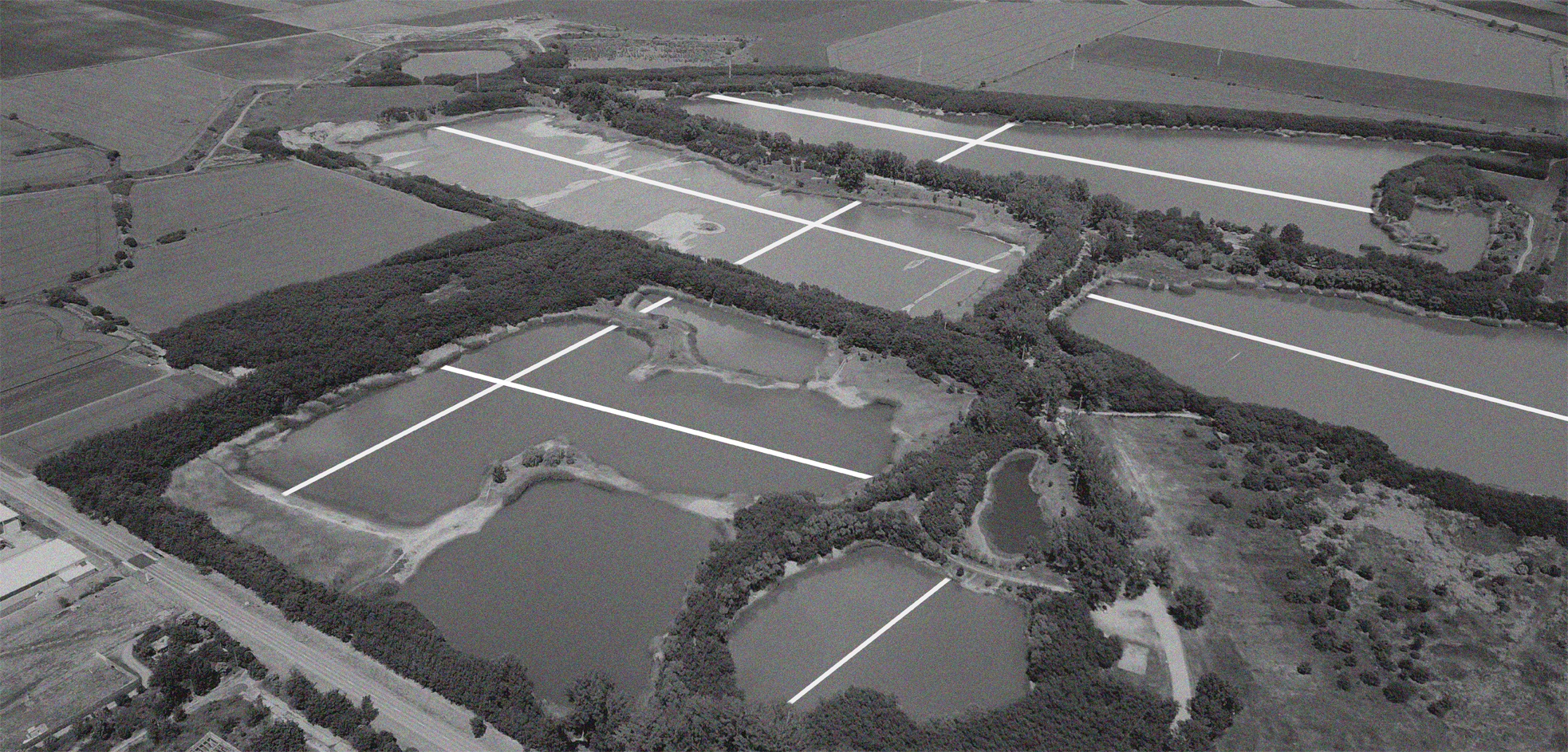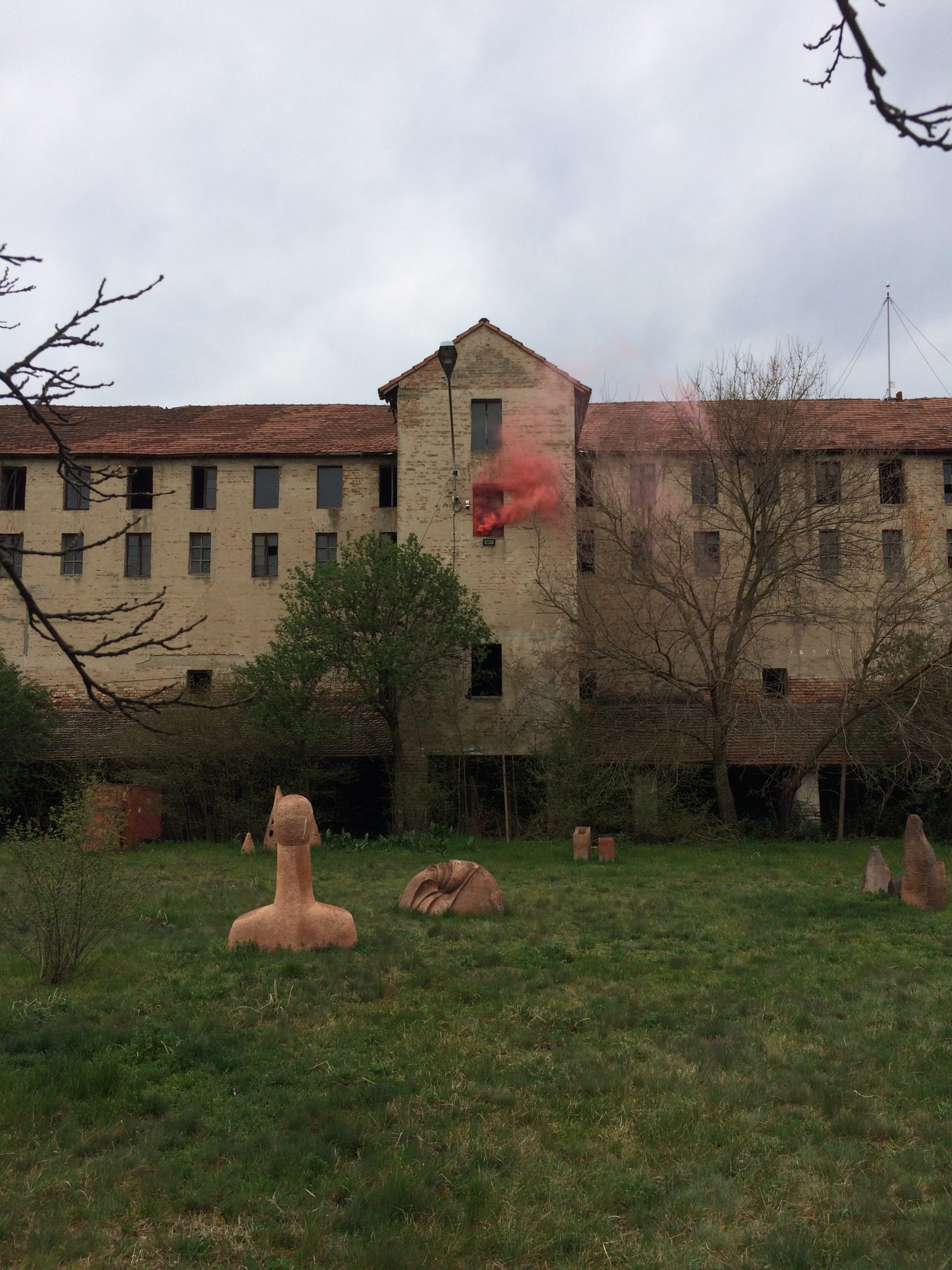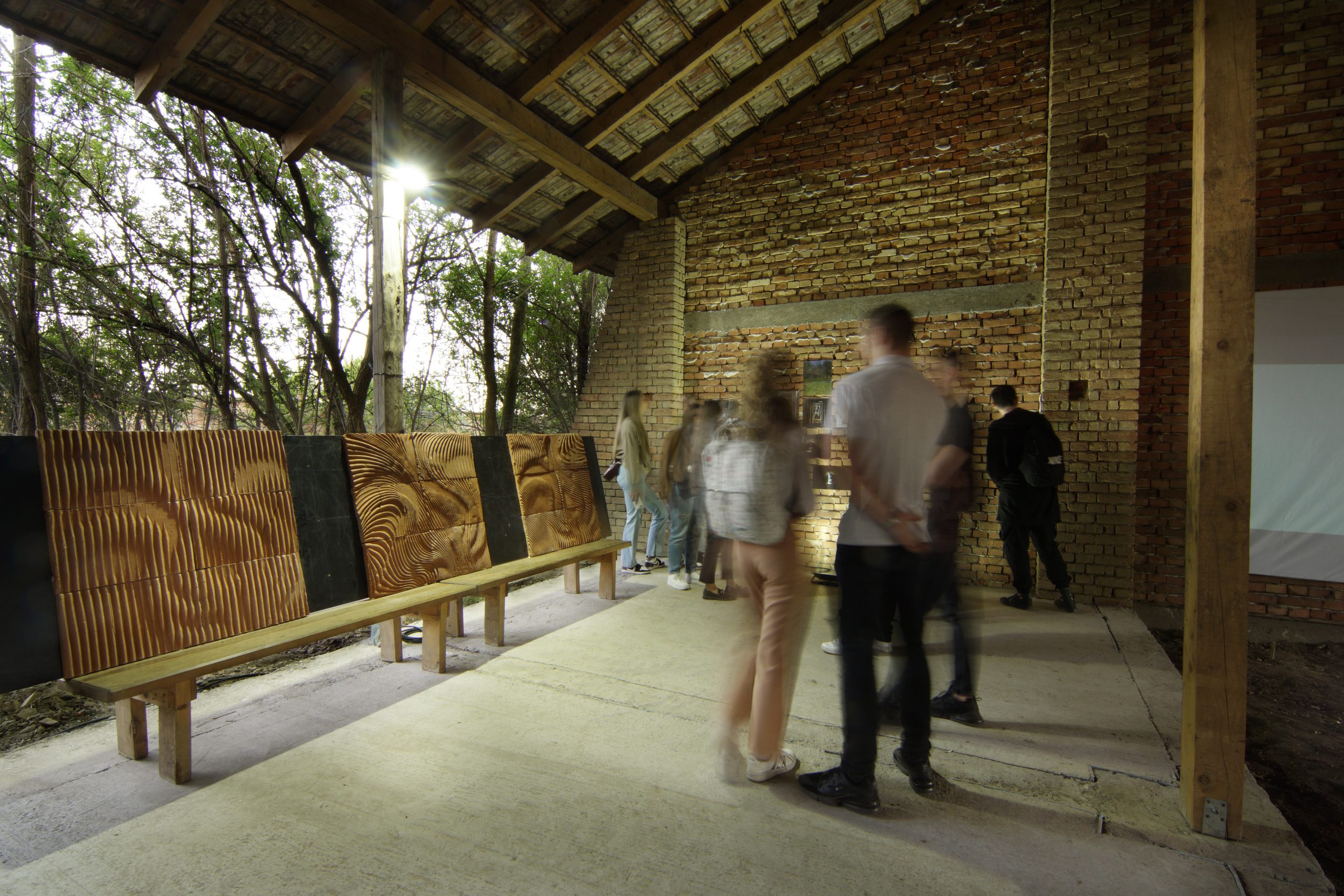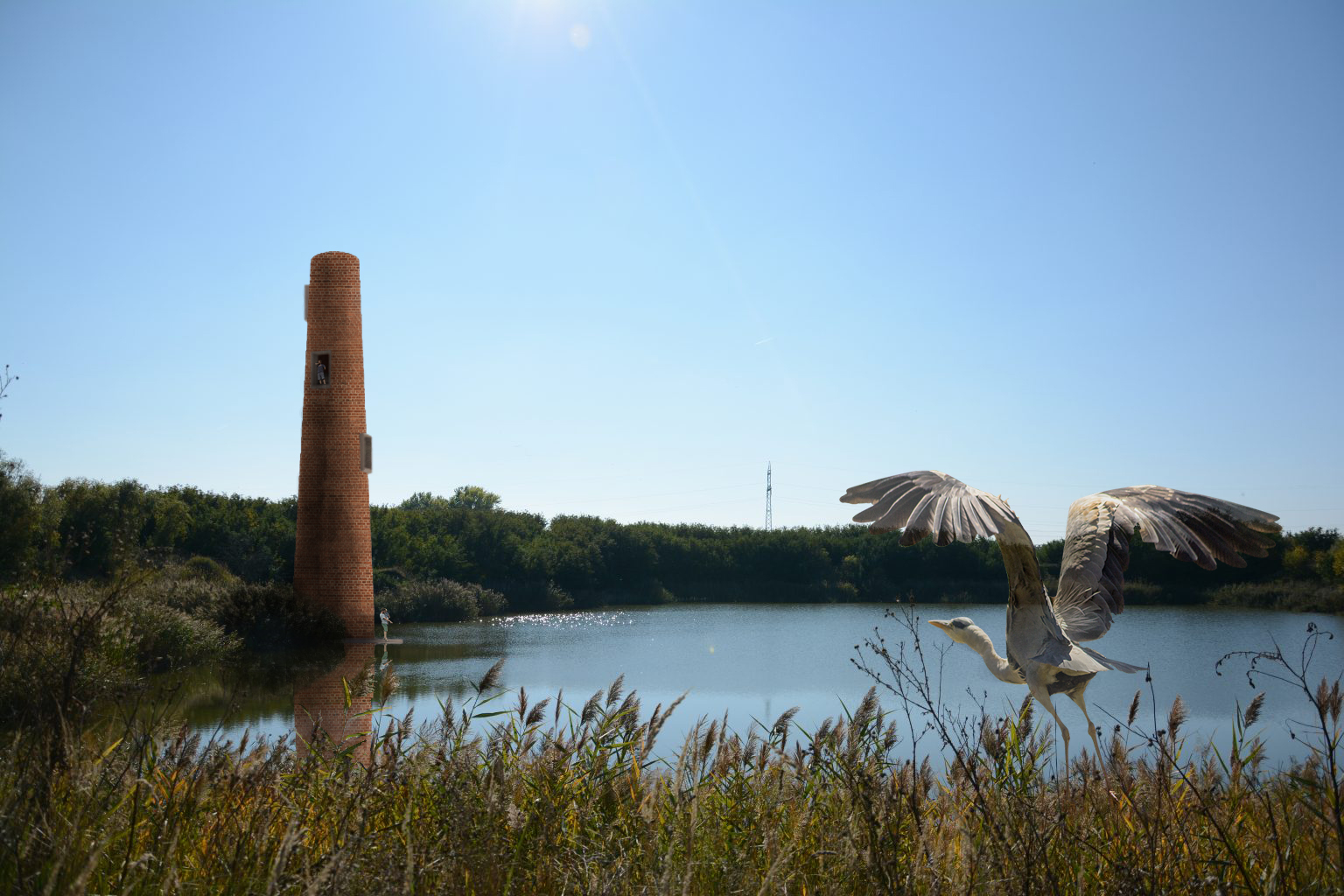EXPANDING NATURAL BORDERS
”Expanding Natural Borders” belongs to that group of entries which placed their ideas in a wider context of the man-made, nature-reclaimed hybrid landscape of Jimbolia’s quarry lakes. Declaring the entire lake area as zone of their interventions, the project – almost alone among all competitors – paid attention also to the margins of the site, dealing with connectivity to the
SHIFTING PERCEPTION
The project entitled ‘Shifting Perception’ is an entry highly appreciated by the jury for its thoughtfulness, showing deep connection with the site. The project points out – and draws its concept on – the basic problematic of the current situation: people’s lack of deep relation and understanding of the site. Thus, states that a shift in perception is to be
HERITAGE OF THE BRICK INDUSTRY IN KIKINDA
As we did at the first Triplex Summer School in Jimbolia during the past september of 2021, in Kikinda we also bet to work with the memory and the remains of the built heritage of the town of Kikinda.
THE BORDER THAT CONNECTS
A light intervention, with small constructions inserted at key points in the site, nicely woven with the vegetation. Their concentration on the borders would help bring together the lakes with the rest of the territory, while leaving the heart of the area mostly untouched. History is present in a symbolic way, becoming a resource for the future and a memorable experience.
SAY CLAY
The “Say Clay” workshop represents a continuation of the previous exploration conducted in Jimbolia in the Think Brick workshop. While the focus of the previous workshop was on the application of the finished ceramic module – a brick, which is widely available in the Banat region, the focus of this workshop is placed on making an actual clay product. The
JIMBOLIA TOGETHER
”Jimbolia Together” covers a large part of the competition criteria. It values the concept of brick by the fact that it uses this material to build the chimney, but also by the fact that both the pontoon and the social space in the dried lake are made of pieces that mimic the shape of the brick. In this way, the






